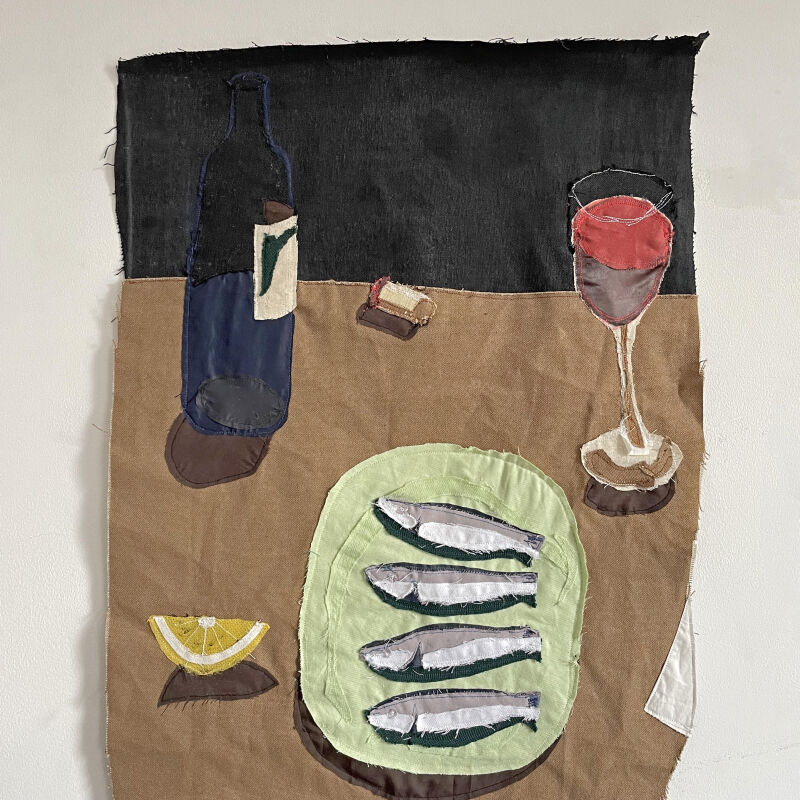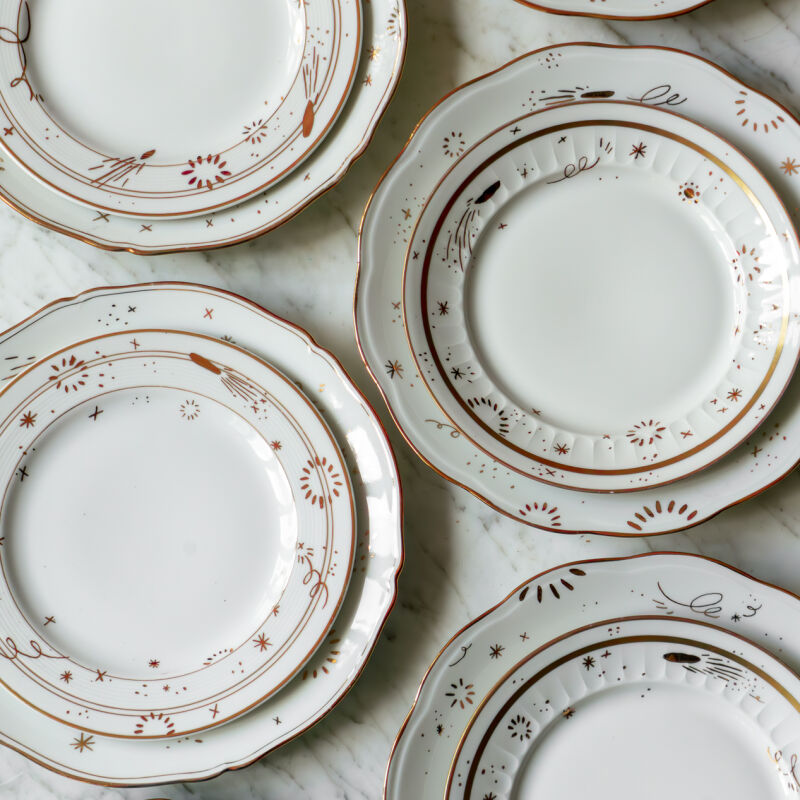Cork is the kale of building materials: an old familiar that has far more to offer than most of us realize. The real thing is a renewable material: it’s the bark of the cork oak tree which, when stripped, grows back again and again without harming the tree. Among its selling points: cork is light but durable; resistant to mold, mildew, termites, and fire (it will only melt or ignite if exposed to extremely high temperatures); and an excellent natural form of insulation. It’s also waterproof, an effective sound absorber, and recyclable—the nonprofit Cork Forest Conservation Alliance has a wine cork collection program in markets and wine stores across the country (go to corkforest.org to find the nearest drop box).
Many of cork’s applications, including as flooring, shoe soles, and cork boards, are tried and true. But there’s more: in the rush to find eco-friendly building materials, cork is being put to all sorts of new uses, as household goods as well as indoor/outdoor cladding and insulation. Here, a look at cork at work.
Furniture and Accessories

Most cork comes from Portugal, Spain, and parts of the Mediterranean, where cork trees thrive. For harvesting to be sustainable, the tree has to be at least 25 years old. Generally gaps of nine years are required between strippings—trees can live for 300 years—and special techniques are used to enable regrowth: the Cork Forest Conservation Alliance likens it to shearing sheep.

See more of Abrantes’s work in our post Miracle Cork.







Architecture

Go to Playfulness and Plywood to see a kitchen by the emerging firm run by Nimi Attanayake and Tim O’Callaghan.



Read about natural building materials on the rise in our new book, Remodelista: The Low-Impact Home.
Also check out:
- A Resale Marketplace for Unused Residential Construction Goods
- Remodeling 101: The All-Woman Team at Matriarchy Build Empowers People to DIY It All
- A House As Nature Would Have It: A Net-Zero Dwelling Built from Hemp




Have a Question or Comment About This Post?
Join the conversation (3)